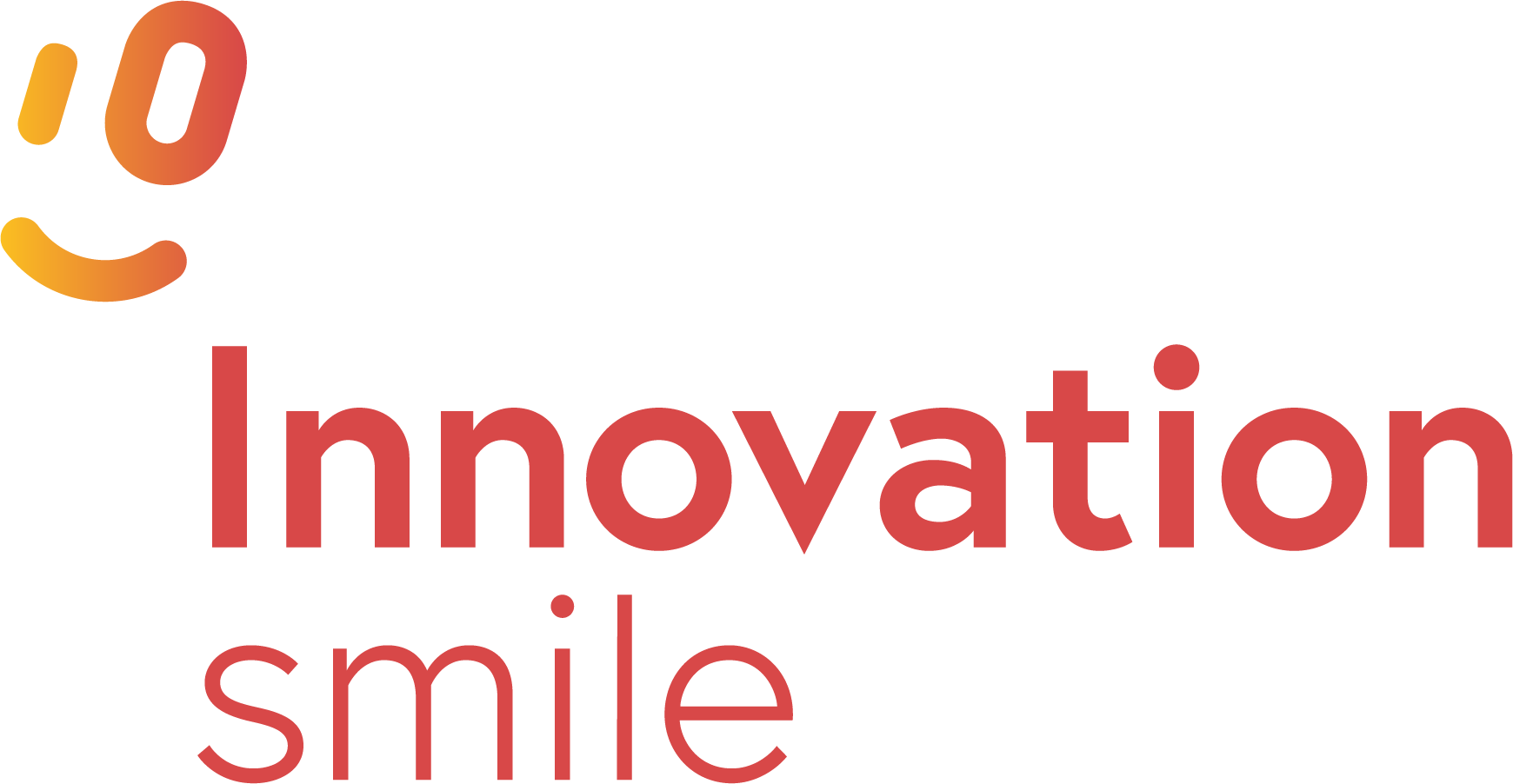
How can you use Design Thinking to leverage creativity?
A practical example of demonstration of real idea formats in just 4 hours
- Jolanda Burgers
- July 20, 2022
This blog aims to show you the importance of creativity within complex problem solving. A methodology known as design thinking is one way that you can tackle this kind of complexity. Do you need assistance regarding where to start and how to structure a meeting to tackle complex business or strategy-related questions? Well not to worry because I hear these complaints often when tackling these fundamental challenges. Here are some tools and tips to boost the energy of your co-workers as well as come up with multiple solution directions within a short amount of time to tackle this complexity.
Creativity is inside all of us
No matter what job role you are in or what function you perform, anyone can be creative; especially in order to tackle complex problems. My training purpose is to unleash this creativity that is inside all of us and create an open and interactive environment to tackle various business and strategic challenges.
This month, I had the opportunity to train my co-workers at IG&H, a consulting and digital transformation firm. A group of experienced consultants and data analysts participated in my training ‘Creative Innovation’ where I taught them the power of Design Thinking. Design thinking is a human centred approach aimed to tackle many complex problems by focusing on the user (needs), solutions and action. Design thinking is more than just a process, it is a mindset. This mindset is made up of three important characteristics: 1) it starts with understanding the user needs (empathy), 2) it requires collaborative working (open and transparent), and 3) it needs early prototyping to test, iterate and learn.
Before the participants entered the training they all had to come up with various problem statements that they would like to tackle during their half-day training. A few of the questions they wanted to solve during the training were:
- How can Soupalicious(a foundation with a solution to food waste) win the hearts of their customers and suppliers and reach them by an effective marketing strategy?
- Due to the European imposed emission standard, nitrogen in the Netherlands must be sustainable. How can we meet the nitrogen standard while reducing the resistance of farmers to a minimum?
- How can we find the right balance to combine internal work with client work?
How can you tackle these fundamental questions using design thinking?
No need to panic! Start with defining the problem first and ask yourself the question WHY WHY WHY WHY HOW (5x) to get to the core of the problem. When you know you are solving the right problem you can move to the next stage of the design thinking process which is called ideation. Ideation is a method used to generate as many ideas as possible to solve a design problem. In my ideation vlogs I explain several divergent thinking techniques on how to generate many ideas in a short space of time: watch here ideation part 1 . In the convergent thinking phase I will explain how to take decisions about your most promising and original ideas to the next phase: watch here ideation part 2 . The ideation phase finishes with an idea format where you improve your ideas and draw a concept out of it. A technique that I often use is POINt. Take all the Plusses (what is good about this idea?), Opportunities (what might it lead to?), Issues (what obstacles might we face?) and New thinking (how do we address those obstacles?). The goal of this last phase of training was to present the draft concept to the leadership team to validate your first concept idea.
Demonstration of real idea formats in just 4 hours!
After a long training session there was still enough energy in the group to present the idea formats to the management team.
Creativity needs structure
The key message of this blog is to remind you that design thinking is effective in tackling any kind of complex problem and not only a so-called ‘design problem’. It can also be effective in prioritizing the main focus of your growth strategy. Anyone can think and act like a designer so take advantage of it! Thinking like a designer provides you with the right structure you need to start a creative process.
My favorite ideation technique is by far the hit & dot voting. Why? Because it involves fast-decision making and you immediately highlight where energy is going with regards to idea selection.
- What ideation technique are you going to apply in your next brainstorming session?
- Leave a comment in the box below!
Tags:
Recent Posts:
-
Discovery by Doing: What I Learned About Innovation from the Frontline
-
Design Thinking with AI: Unlocking the Creative Leader Within
-
Are Fuck-ups the New Success?
-
The Human Spark: Why Creativity, Not Just AI, Defines Business Design Innovation
-
Innovation tales from Japan: where tradition meets tomorrow

